Description
Familiarity with Treatment
Porcelain-fused-to-metal (PFM) crowns have been considered the gold standard for the repair of damaged teeth. They consist of a metal substructure covered by layers of porcelain, providing both strength and aesthetic appeal. PFM crowns have good mechanical properties, satisfactory esthetic results, and an acceptable biological quality needed for periodontal health. However, the esthetic of PFM crowns is limited by the metal framework and the layer of opaque porcelain needed for masking the underlying metal grayish shade 1.
Procedure
The procedure for placing traditional PFM crowns typically involves the following steps:
- Tooth Preparation: The tooth is prepared by removing a portion of the outer structure to accommodate the crown.
- Impressions: Impressions of the prepared tooth are taken to create a custom-made crown that fits precisely.
- Crown Fabrication: The metal substructure is fabricated, and layers of porcelain are fused onto the metal to create the crown.
- Fitting and Bonding: Once the crown is ready, it is carefully fitted onto the prepared tooth and bonded in place using dental cement.
Who is it Suitable For?
Traditional PFM crowns are suitable for individuals who require a durable and aesthetically pleasing restoration for damaged or decayed teeth. They are valued for their visual appeal, longevity, and affordability while still offering the visual benefits of an all-porcelain crown 2.
Who is it Not Suitable For?
PFM crowns may not be suitable for individuals with metal allergies or those who are sensitive to metal, as the metal substructure may cause allergic reactions in some individuals. Additionally, individuals with specific esthetic preferences may find the metal framework and the potential for a dark line at the gumline less desirable 2.
Advantages
- Visually Pleasing: PFM crowns are valued for their visual appeal, as the porcelain can be matched to the color of the surrounding teeth and has similar visual properties to natural teeth.
- Longevity: Both metal and porcelain are extremely durable dental materials, allowing PFM crowns to last for several years.
- Affordability: PFM crowns are more affordable while still offering the visual benefits of an all-porcelain crown.
Complications
- Dark Line: PFM crowns may have a visible metal line at the bottom of the crown, which can become apparent if the gums recede.
- Possible Allergies: Individuals with metal allergies or sensitivities may experience allergic reactions to the metal substructure of PFM crowns.
Preoperative Care
Preoperative care for traditional PFM crowns involves discussions with the dentist about the procedure, expectations, and any necessary preparations. A thorough dental examination, including X-rays, may be performed to assess the tooth’s condition and the suitability for a PFM crown.
Postoperative Care
Following the placement of a traditional PFM crown, individuals should adhere to good oral hygiene practices, including regular brushing, flossing, and dental check-ups. It is important to maintain proper oral hygiene around the crown to prevent complications and ensure its longevity.
Traditional Porcelain-Fused-to-Metal (PFM) crowns have been a popular choice for restoring damaged teeth, offering both strength and aesthetic appeal.
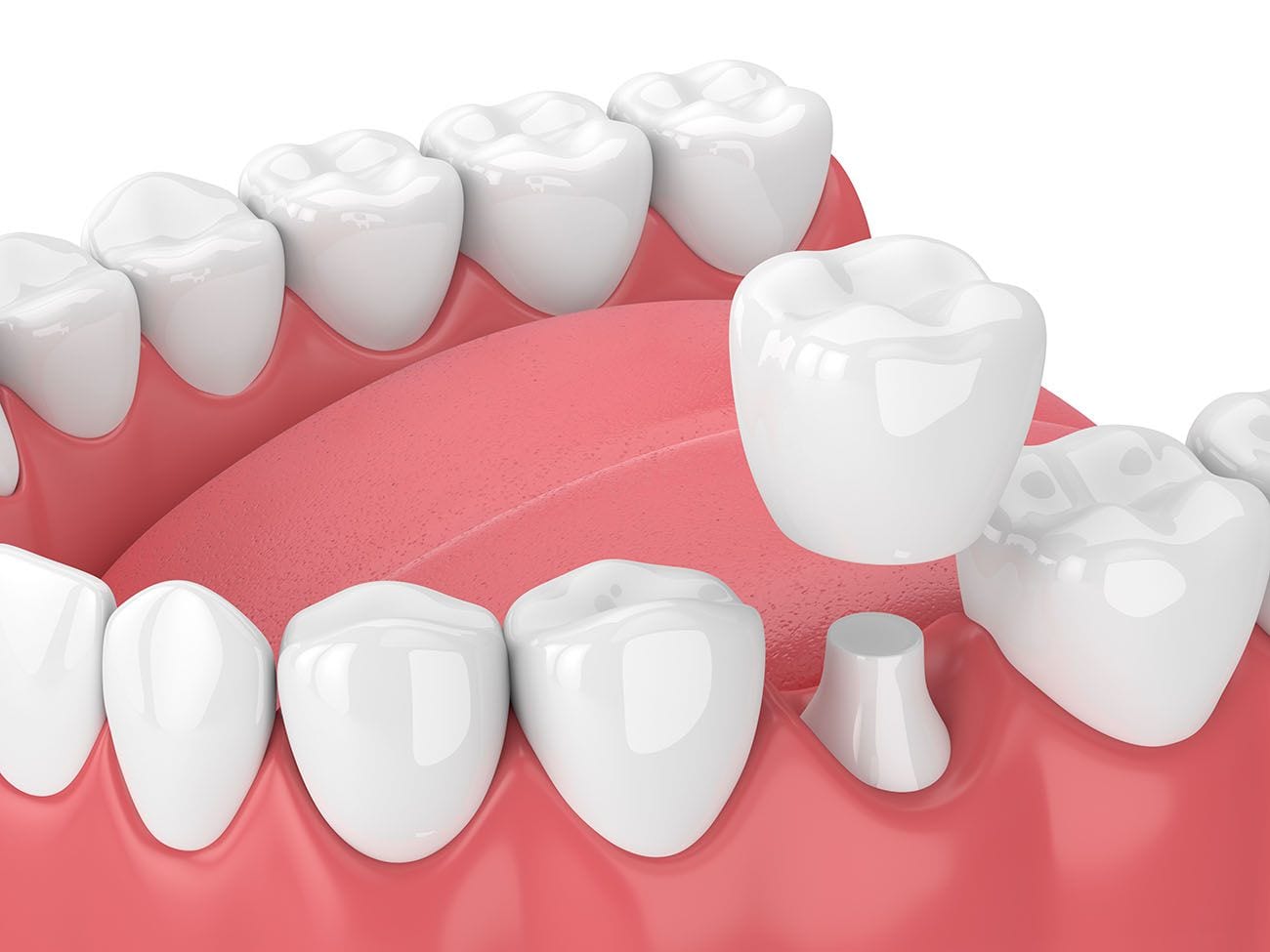
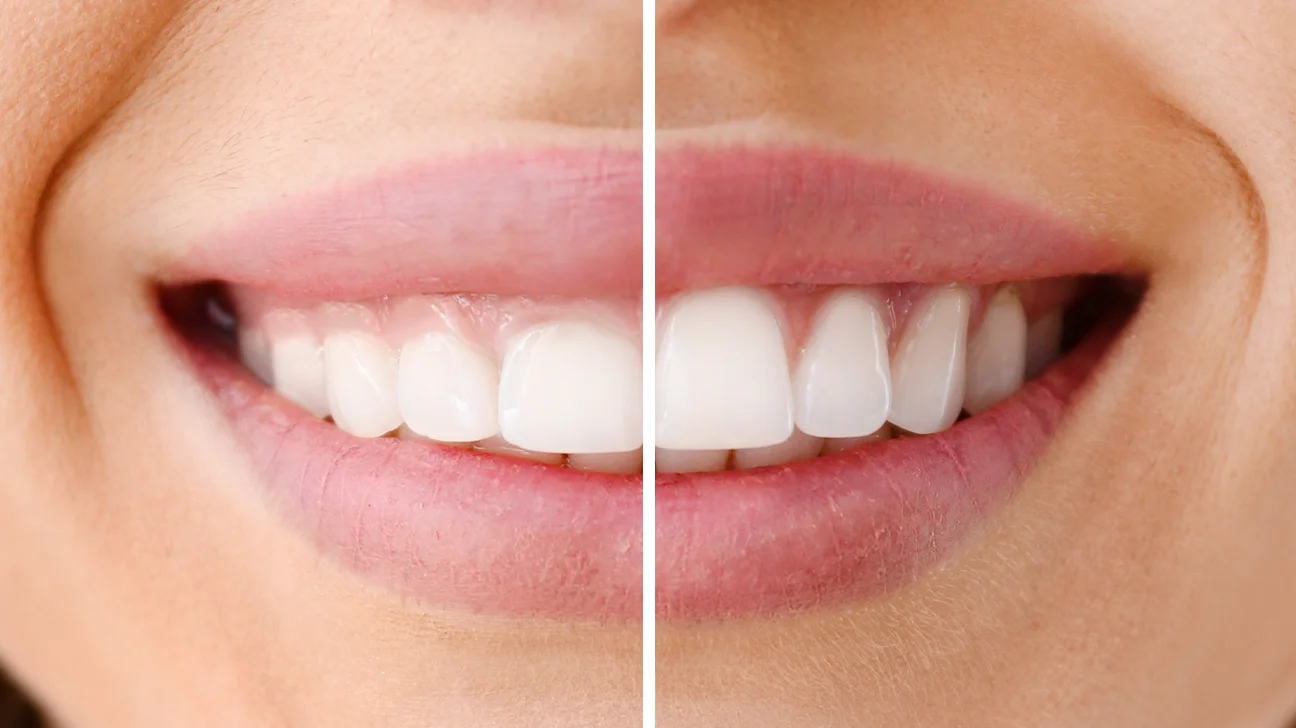
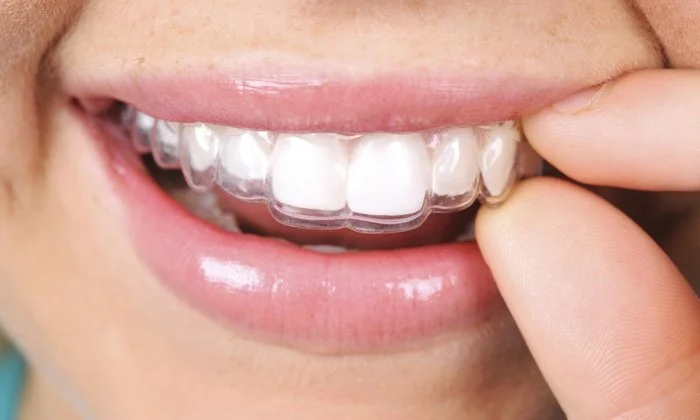
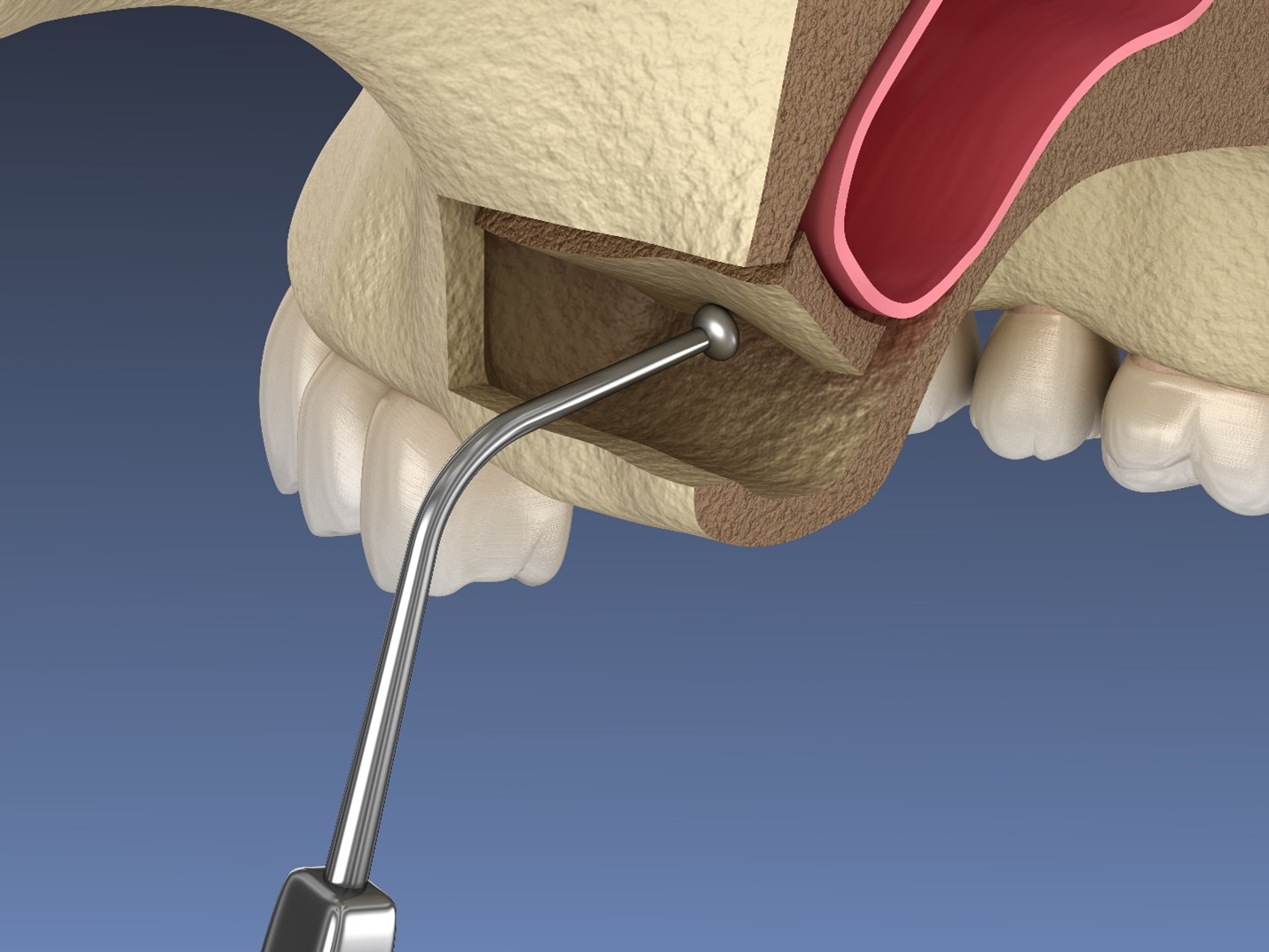

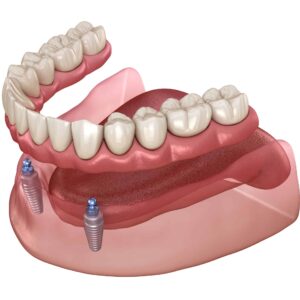

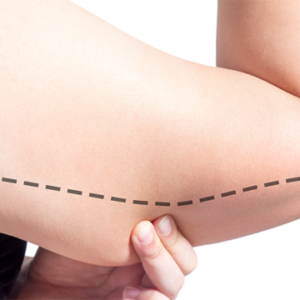
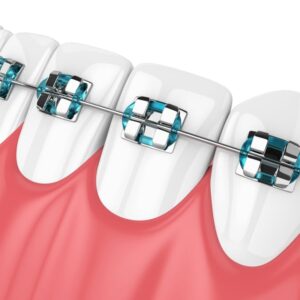


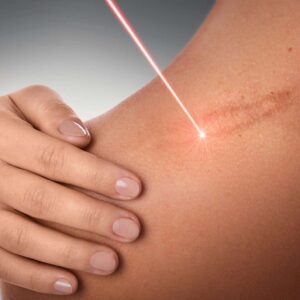
Reviews
There are no reviews yet.